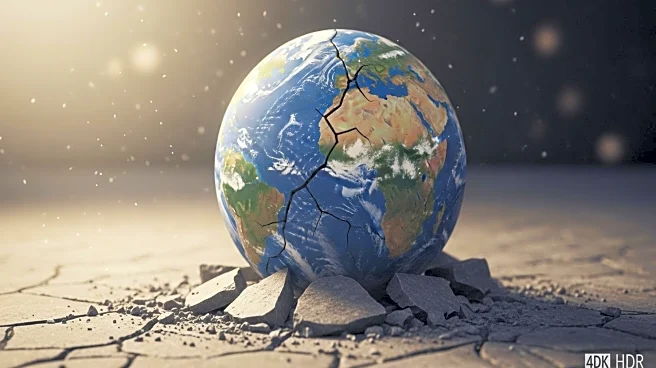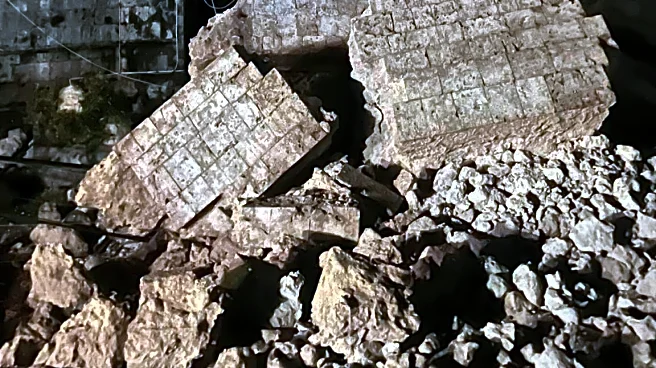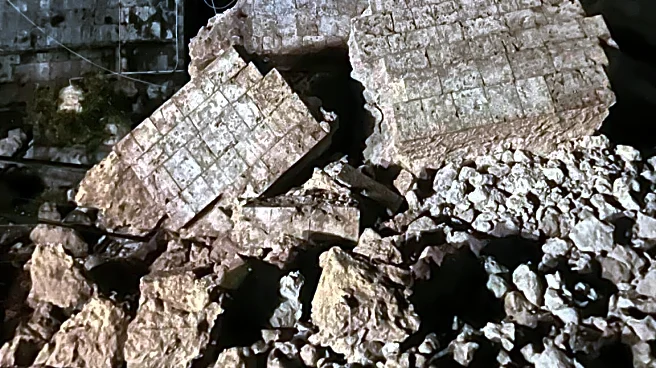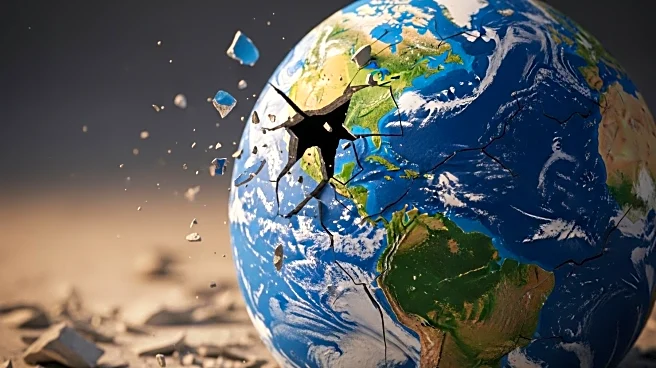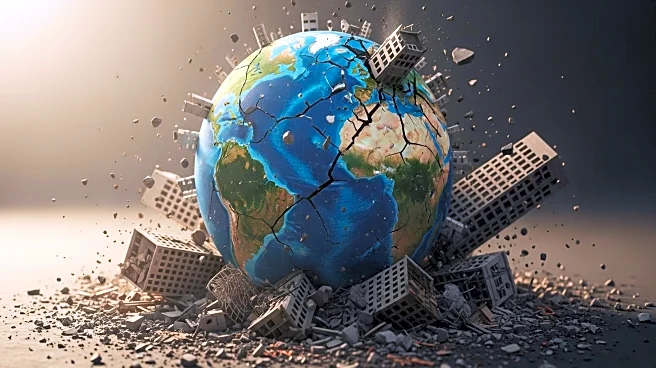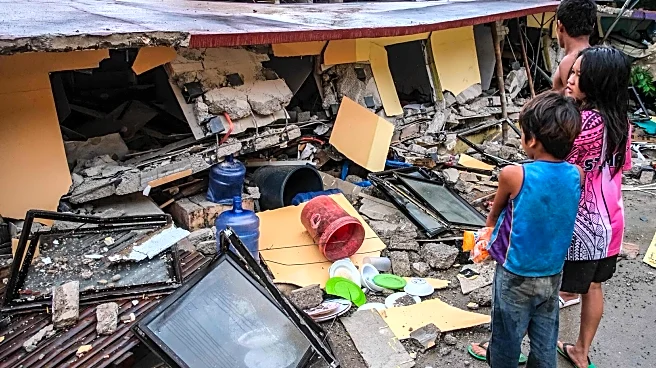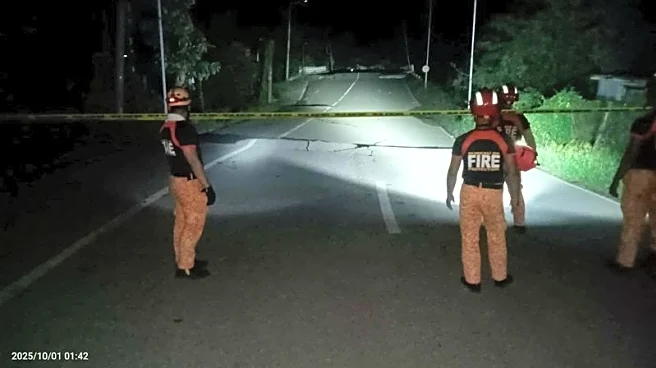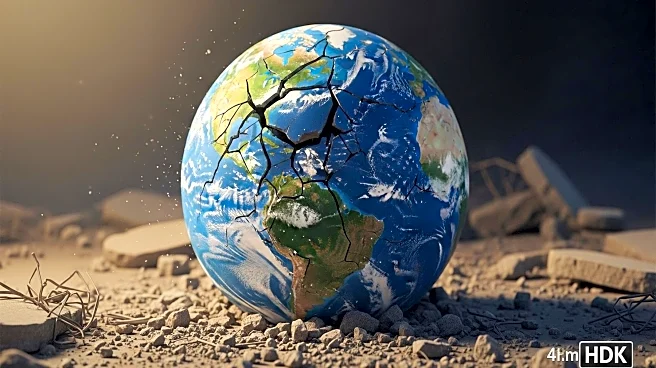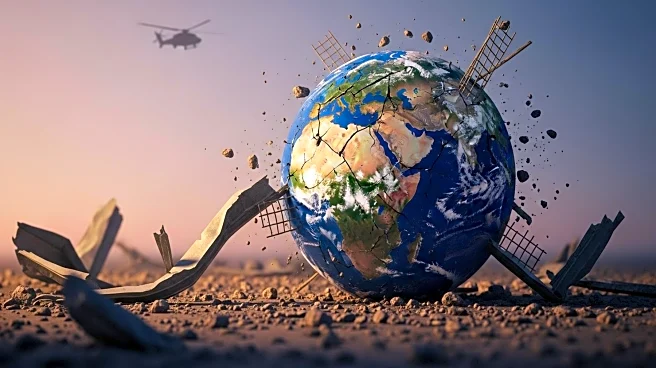What is the story about?
What's Happening?
A 6.9-magnitude earthquake struck the central Philippines, causing at least 69 deaths and injuring 147 people. The earthquake's epicenter was near the city of Bogo in Cebu province, which experienced significant damage. The tremor has left towns without power and communication, and rescue operations are ongoing. The earthquake has caused structural damage, including landslides and impassable roads, complicating rescue efforts. The Philippine government is assessing the situation to determine the need for international aid.
Why It's Important?
The earthquake highlights the Philippines' susceptibility to natural disasters due to its location on the Pacific 'Ring of Fire.' The immediate impact includes a high death toll and extensive damage to infrastructure, which could have long-term economic and social implications. The disaster underscores the importance of disaster preparedness and the need for international cooperation in relief efforts. The event also raises questions about the adequacy of current infrastructure to withstand such natural disasters.
What's Next?
Rescue and relief operations are the immediate priority, with authorities working to provide food, water, and medical assistance to affected areas. The risk of aftershocks remains, and residents are advised to stay vigilant. The government is considering seeking international assistance based on damage assessments. The situation is further complicated by recent adverse weather conditions, which have already strained resources.
Beyond the Headlines
The earthquake may prompt a reevaluation of building codes and disaster management policies in the Philippines. The event also highlights the need for improved early warning systems and community preparedness to mitigate the impact of future natural disasters. Long-term recovery will require significant investment in rebuilding and strengthening community resilience against future seismic events.
AI Generated Content
Do you find this article useful?
